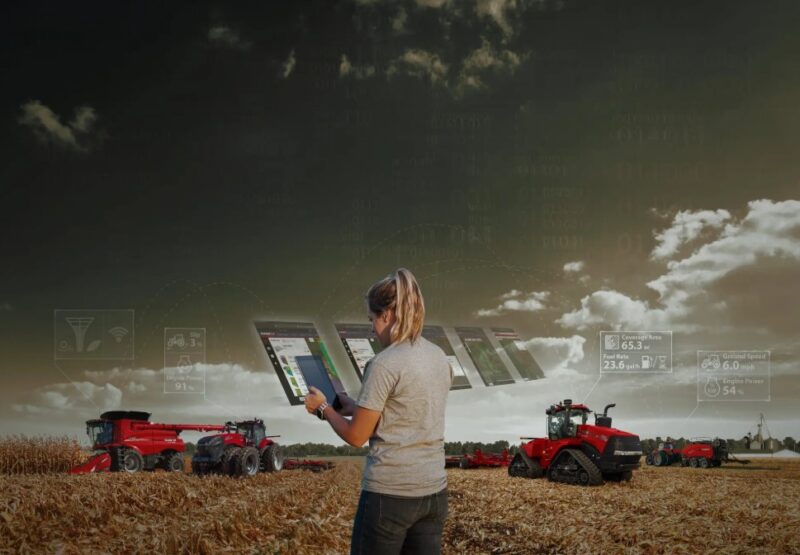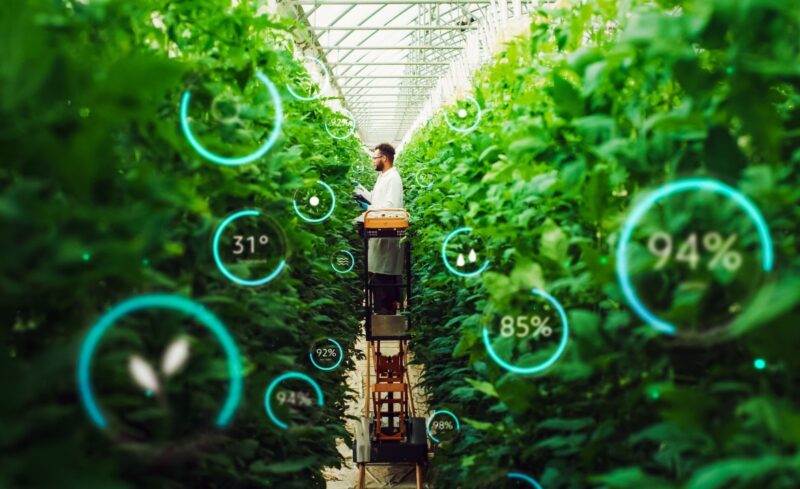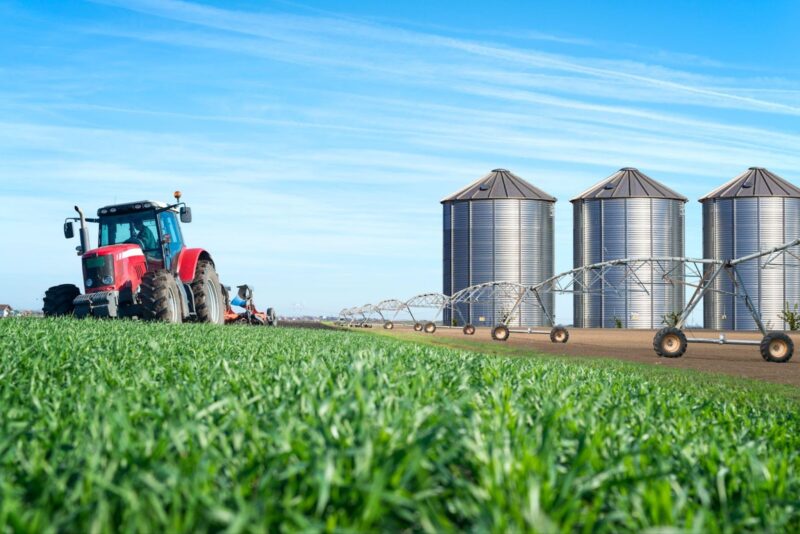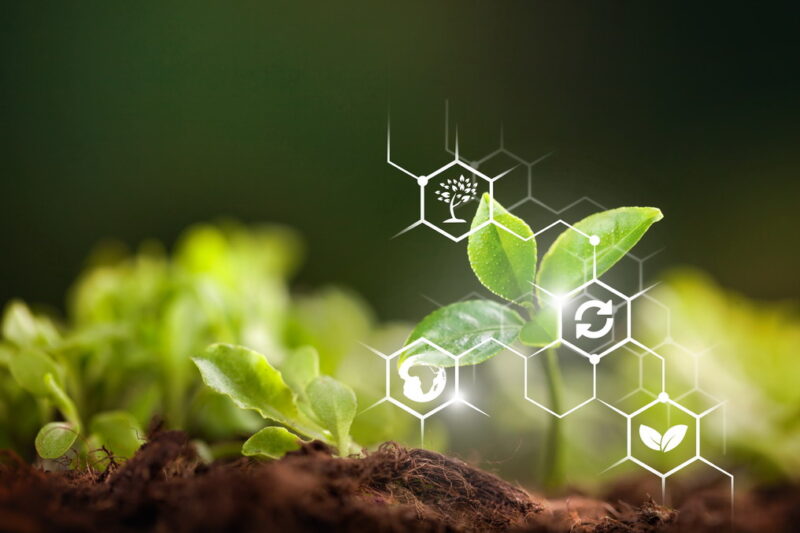Farming has radically transformed over the past century. Mechanization brought tractors and other large machines to vastly expand acreage capabilities. Chemical pesticides and fertilizers enabled the protection and nourishment of crops at scale. Infrastructure like irrigation pivots and grain elevators supported the management of water and storage needs. Now, information technology stands poised to drive the next agricultural revolution.
Connectivity, automation, artificial intelligence, and data analytics are empowering what’s known as smart farming. According to the experts at Blues IoT, these digital capabilities help farmers boost yields, lower costs, and maximize resources in an industry with slim profit margins. They also promote environmental stewardship through precision application of chemicals and water. As this high-tech shift gains momentum, innovations offer new paths to increase efficiency, productivity, and sustainability.
Advanced Equipment Brings Precision and Control
Gone are the days of farmers eyeballing fields to gauge plant health and moisture levels. Advanced sensor-laden equipment provides granular insights to optimize growing conditions. Tractor-towed implements can scan acres of soil or crops, mapping variables like nitrogen content and yield potential. Some tools even detect weed or pest infestations requiring targeted application of chemicals.
GPS guidance systems leverage satellite data to automatically steer equipment in perfectly straight rows. This prevents gaps or overlaps in seed dispersal, spraying, irrigation, and harvesting that waste inputs and reduce yields. GPS also enables more precise planting schedules optimized to soil conditions for faster emergence.
Advanced spray machinery regulates nozzle flow and droplet size to prevent chemical drift. Smart irrigation systems draw soil sensor data, weather reports, and evapotranspiration models to water more precisely. Equipment automation provides both environmental and productivity benefits compared to outdated manual methods.

Automation Fills Labor Gaps
As farms expand and labor pools shrink, automating certain tasks offers solutions. Robotic machinery like weeders and harvesters enables farmers to manage more acreage without expanding headcount while drones apply chemicals and capture imagery more quickly than ground crews traversing fields.
In nurseries and indoor vertical farms, automation regulates lighting, hydroponics and other growing conditions to ensure optimal plant health. Systems track production volume and even box, label and schedule shipments autonomously via cloud-connected logistics software.
Machine vision and learning further expand the scope of automation. Lettuce bot prototypes with advanced optics meticulously thin and weed rows. Apple picking robots with suction tubes take over the delicate task of harvesting without bruising. Packaging systems use sensors to divert irregular produce or identify spoiled batches for discarding.
While autonomy won’t fully replicate skilled roles like equipment repairmen or field managers, offloading repetitive manual work allows farmers to focus on where human judgement and expertise add the greatest value.
Data Analysis Drives Better Decision Making
The data generated by advanced agricultural equipment opens new possibilities for optimizing operations. But translating raw sensor readings into insights requires analytics platforms. These farm data management tools intake streams of field-level measurements into cloud computing systems.
Sophisticated algorithms process the geo-tagged soil, crop, machine, and weather data to reveal patterns. Visual dashboards flag issues like stunted growth zones or over-watering in certain areas. Analytics informs seed variety selection and planting locations tailored to field attributes for the next season. Establishing data baselines year-over-year means farmers can distinguish optimal conditions. Machine learning algorithms even yield personal recommendations to boost yields based on historical performance.
While making sense of enormous, ever-changing data flows poses challenges, the decision-making power unlocked for farmers and field managers is transformative.

Global Connectivity Through the Cloud and 5G
Transferring huge data files from field to cloud reliably is foundational for technology’s expanding role. Connectivity enables seamless sending of sensor readings and precision instructions to agricultural equipment. With more powerful networking standards like 5G gaining widespread availability, even remote farmland will tap real-time analytics.
Cloud-based platforms facilitate collaborative data sharing across the industry. For example, neighboring farmers can compare soil moisture and crop growth readings to improve practice. Meteorologists integrate more field-level weather data into forecasts, while satellite imaging trains algorithms for precision monitoring.
Global data connectivity supports transparency and partnerships across the supply chain. Food manufacturers and retailers access upstream production metrics for sustainability reporting. Consumers even gain visibility into farming practices through blockchain ledger trails. This virtual web of agricultural data cooperation drives continued advancements.
Empowering Growers Through Farm Management Platforms
Consolidating various data streams into a single software solution offers a smoother experience for farmers to leverage technology. Farm management information systems (FMIS) integrate data collection, analysis, and control into one intuitive interface.
For example, drone and satellite images automatically feed into FMIS scouting tools. The system surfaces insights like drainage issues or ripened crop zones needing priority harvesting. Recommendations also help plan proper fertilizer and chemical applications customized across both fields and seasons. Integrating sensors, equipment, and workflows under a unified platform gives farmers an information command center to oversee operations.
Some FMIS solutions also include marketplaces for procuring inputs, managing finances, and selling grain. These market linkages provide helpful revenue benchmarking based on crop quality and harvest timing to inform production decisions. Blending analytics-driven insights with operational logistics and transactions streamlines embracing smart farming.

Building a Culture of Agricultural Innovation
Technological change inevitably faces hurdles, especially for an industry like farming with thin margins. The benefits of data-driven, connected equipment may not always outweigh added costs for smaller operations. Cybersecurity vulnerabilities also accompany increased reliance on public data infrastructure.
Enabling agricultural innovation requires a supportive culture across the industry. Advocacy groups raise awareness of emerging technologies, while companies strive to design affordable solutions. Investors and government agencies support upgrading connectivity and electrical infrastructure in rural areas. Through ongoing collaboration and openness, the promise exists to responsibly scale groundbreaking innovations.
Conclusion
Technology is rapidly expanding possibilities for farmers through unprecedented visibility, connectivity, and decision support. As agricultural data platforms continue maturing, the insights unlocked promise to sustainably boost productivity and conserve resources.
The rich heritage of farming now fuses with modern data science and engineering. Smart solutions help cultivate prosperity even as pressures mount to feed a growing world. With advanced tools in place, the industry appears primed for a new data-enriched chapter.


